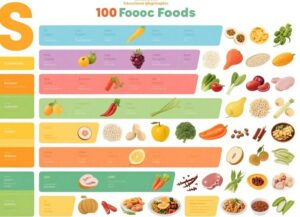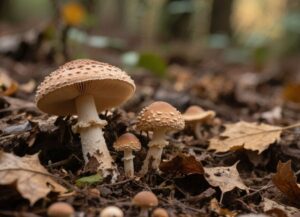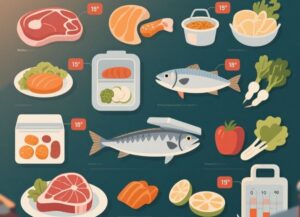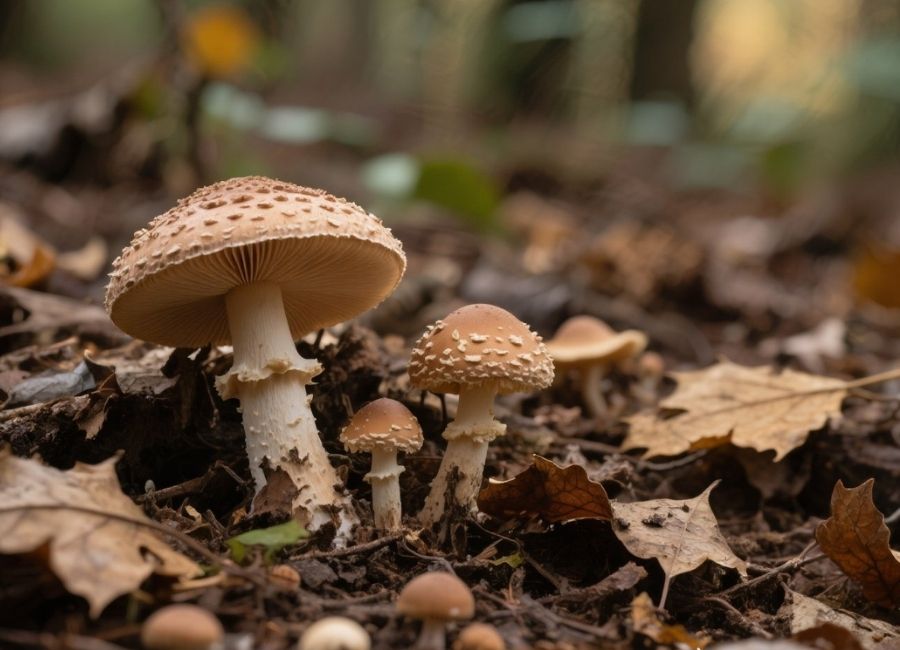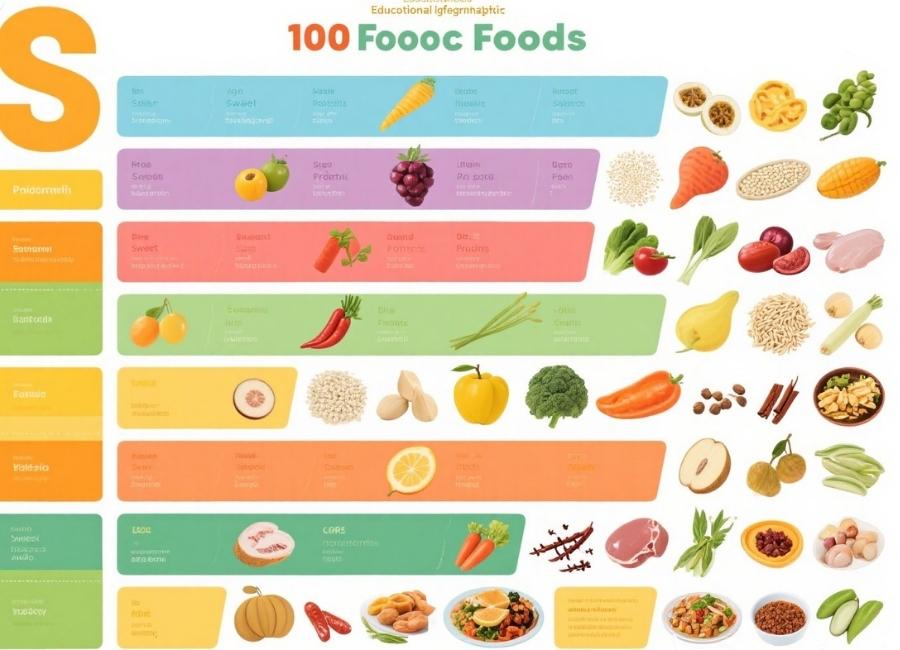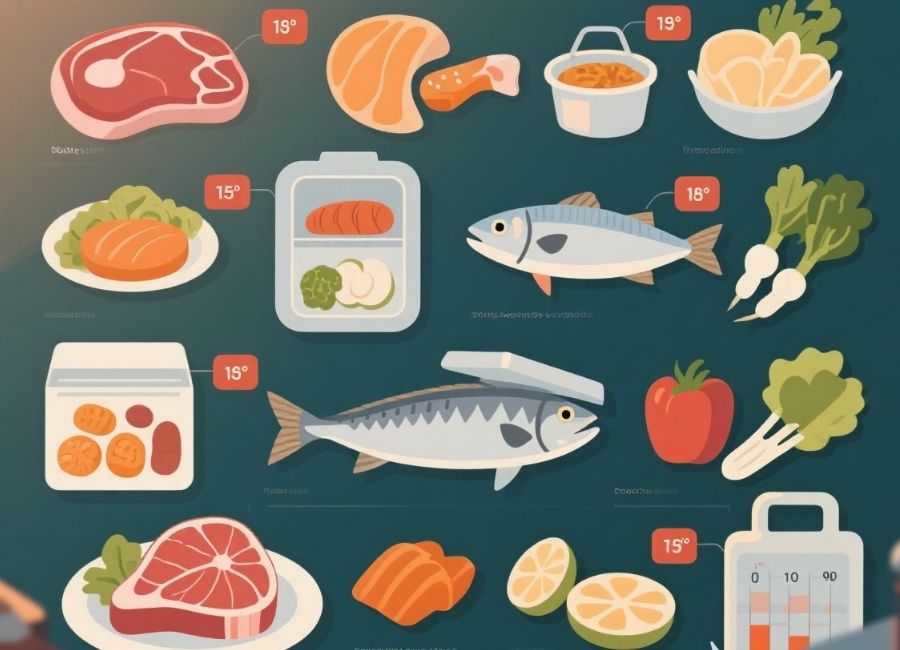When you think of a food chain, your mind probably jumps to images of lions chasing gazelles or sharks hunting seals. You might picture plants soaking up sunlight and herbivores munching on leaves. But what about the organism that breaks it all down and starts the cycle anew? Often overlooked, mushrooms and other fungi are the quiet, indispensable architects of the ecosystem, playing a vital role that supports all other life.
This post will examine the crucial roles of mushrooms within the food chain. We will uncover their role as nature’s master recyclers, their symbiotic partnerships with plants, and their direct contribution as a food source. By the end, you’ll have a new appreciation for these fascinating fungi and understand why no ecosystem could thrive without them.
The Great Decomposers
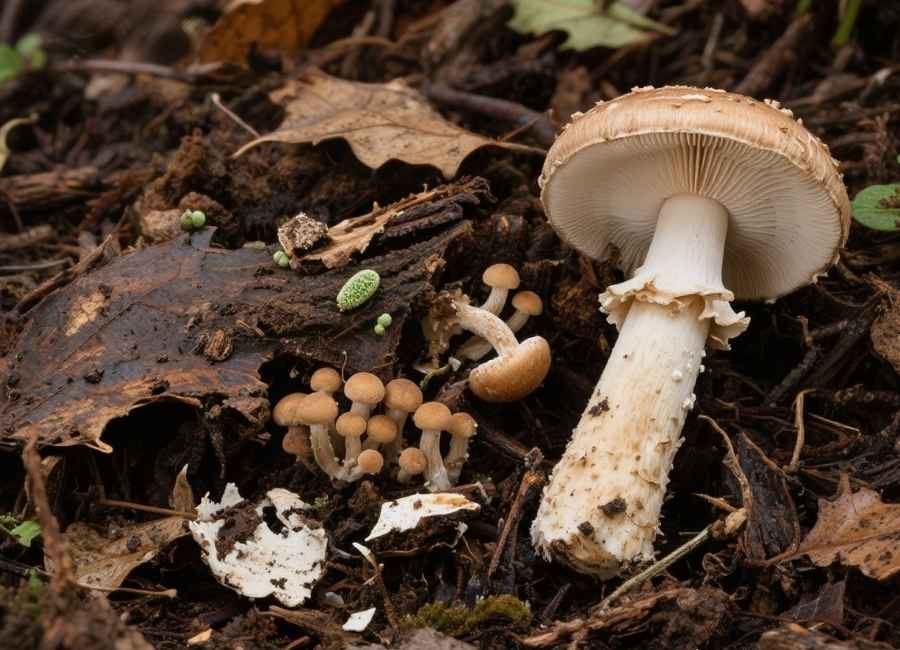
The most significant role mushrooms play in the food chain is that of a decomposer. Alongside bacteria, fungi are the primary organisms responsible for breaking down dead organic matter. This includes everything from fallen leaves and dead wood to animal carcasses and waste products. Without them, our forests and fields would be buried under an ever-growing pile of dead material.
This process of decomposition is more than just a cleanup service; it is a vital act of recycling. As mushrooms break down this organic waste, they release essential nutrients, such as nitrogen, phosphorus, and carbon, back into the soil. These nutrients are then available for plants to absorb through their roots, providing the fuel they need to grow. In essence, mushrooms unlock the nutrients trapped in dead organisms, making them available for living organisms. This cycle is fundamental to the health and productivity of any ecosystem.
How do mushrooms decompose?
Fungi have a unique method for breaking down tough materials that other organisms can’t handle. They release powerful enzymes into their surroundings, which digest complex organic compounds, such as cellulose and lignin—the tough, woody parts of plants.
The main body of the fungus, a vast network of thread-like structures called mycelium, spreads through the soil or decaying wood. This network acts like a sponge, absorbing the nutrients released by the enzymes. The visible mushroom that we see is just the fruiting body of this much larger organism, which is responsible for producing and spreading spores to facilitate reproduction.
The Ultimate Partners
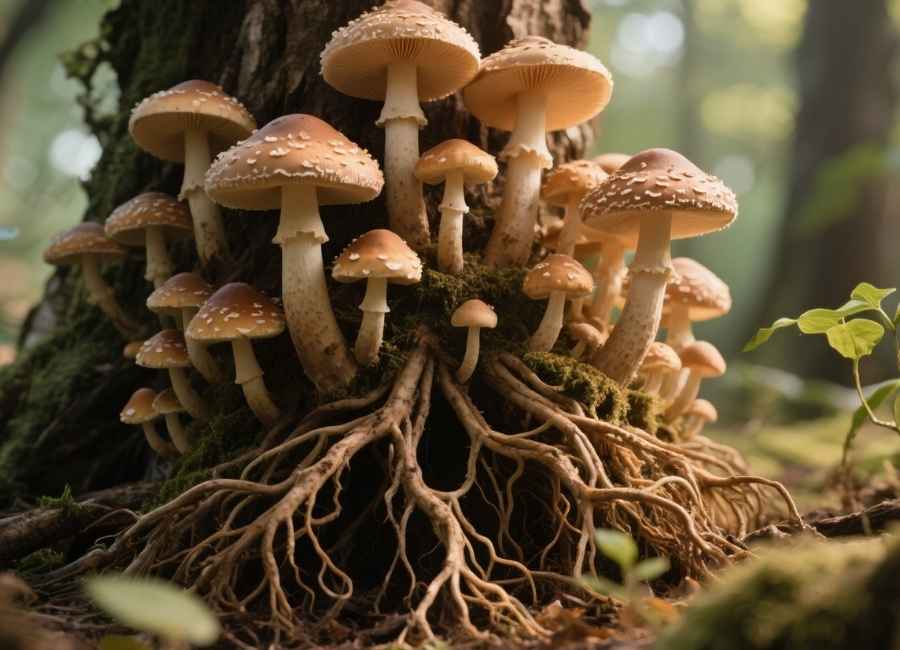
Mushrooms are not just recyclers; they are also expert collaborators. Many species form symbiotic relationships with plants, particularly trees, through a partnership known as mycorrhiza. In this arrangement, the fungal mycelium intertwines with the plant’s root system, creating a mutually beneficial connection.
So, how does this partnership work? The fungus extends its vast network of mycelium far beyond what the plant’s roots could reach on their own, effectively increasing the surface area for nutrient and water absorption. The fungus is particularly adept at extracting minerals, such as phosphorus and nitrogen, from the soil and delivering them directly to the plant. In return, the plant provides the fungus with sugars, which it produces through the process of photosynthesis. It’s a perfect trade-off that benefits both parties.
This relationship is so important that scientists estimate over 90% of plant species rely on mycorrhizal fungi for their survival. These partnerships make plants more resilient to drought, disease, and poor soil conditions, allowing forests and other ecosystems to flourish.
A Crucial Food Source
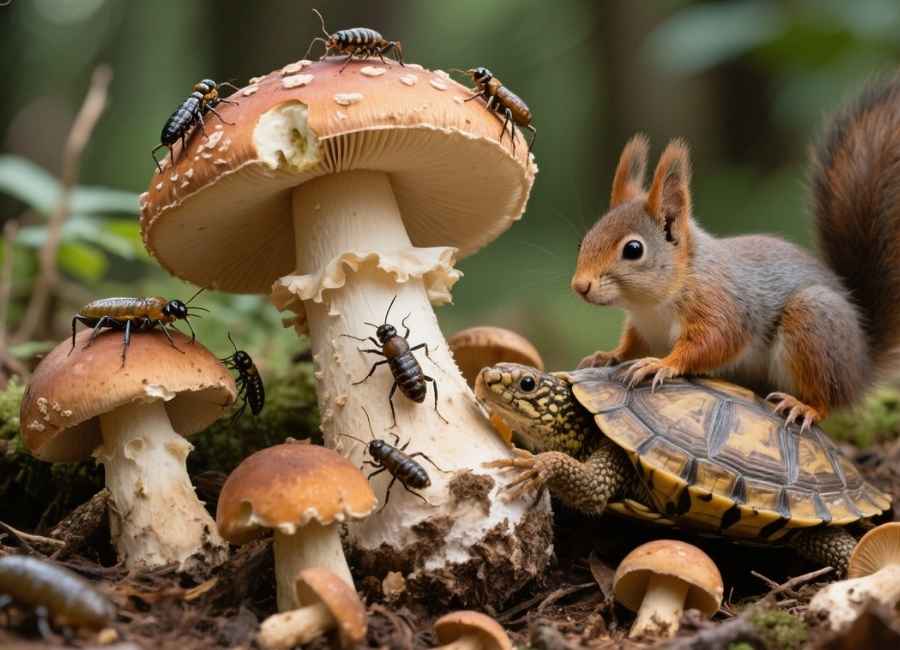
Beyond their roles as decomposers and partners, mushrooms are also a direct food source for a wide variety of animals. Their unique nutritional profile makes them a valuable meal for many creatures.
- Invertebrates: Many insects, slugs, and snails feast on mushrooms. Some insects, like fungus gnats, lay their eggs in fungi, and their larvae feed on the mushroom tissue as they develop.
- Mammals: Small mammals such as squirrels, chipmunks, and mice often gather and eat mushrooms. They are an important part of their diet, especially in forested areas. Even larger animals, including deer and bears, will consume fungi when other food sources are scarce.
- Birds and Reptiles: While less common, some bird and reptile species also incorporate mushrooms into their diets. For example, certain tortoises are known to eat fungi.
For humans, mushrooms have been a source of nutrition for thousands of years. They are low in calories and fat but rich in vitamins, minerals, and protein. From common button mushrooms to gourmet varieties like shiitake and porcini, fungi offer a range of flavors and textures that enrich our diets.
Supporting the Ecosystem from the Ground Up
The role of mushrooms in the food chain is complex and far-reaching. As decomposers, they recycle essential nutrients that fuel plant growth. As symbiotic partners, they help plants thrive in challenging conditions. As a food source, they provide sustenance for numerous animals, including humans.
Without mushrooms, ecosystems would collapse. Nutrients would remain locked away in dead matter, plants would struggle to grow, and many animals would lose a vital food source. The next time you see a mushroom sprouting from the forest floor, take a moment to appreciate the powerful and essential work it’s doing. It may be small, but its impact is monumental.
